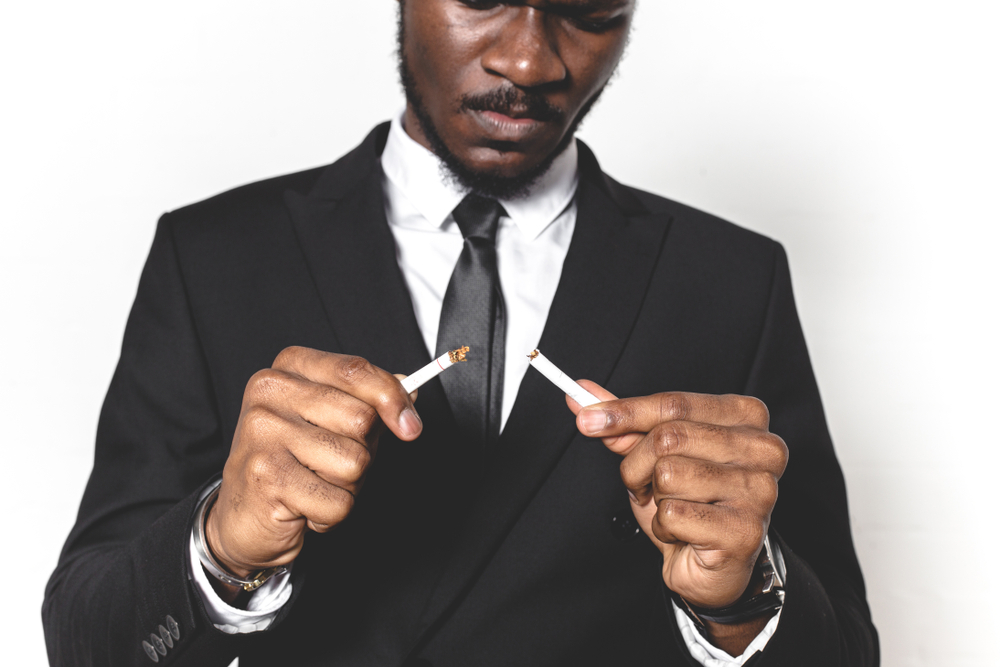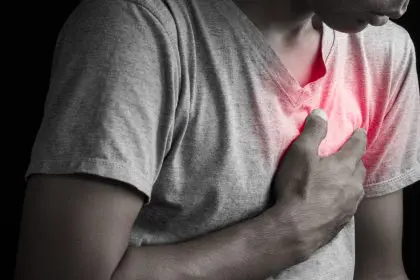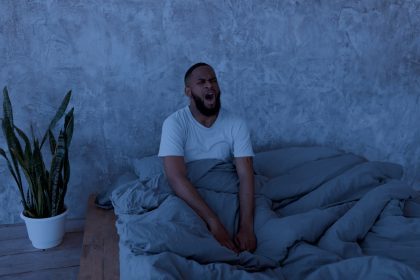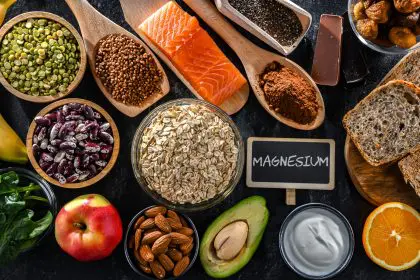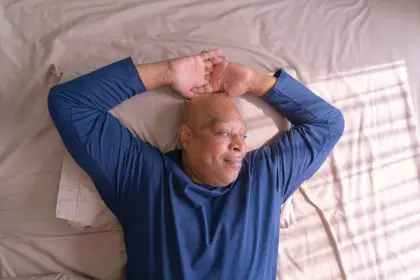Quitting smoking is one of the most powerful decisions you can make for your health. The moment you put out your last cigarette, your body begins an incredible journey of repair and renewal. Understanding how your body heals during the first month without smoking can strengthen your commitment and give you the motivation to keep pushing through difficult moments.
The process involves remarkable changes across multiple body systems, from cardiovascular improvements within minutes to lung function recovery over weeks. Each milestone during these crucial first four weeks represents your body’s extraordinary ability to heal itself when given the chance.
The first 24 hours: Immediate internal changes
Within just 20 minutes of quitting, your heart rate and blood pressure start to drop. Your body almost immediately begins to restore itself. By the end of the first day, the carbon monoxide level in your blood decreases, allowing oxygen to flow more freely to your vital organs.
For long-time smokers, this first day is often emotionally intense. Cravings, irritability and anxiety may peak, but knowing that your body is already working hard to heal can provide important reassurance. Think of it as your internal systems breathing a sigh of relief after years of battling smoke.
The rapid changes in the first 24 hours demonstrate your body’s resilience and its immediate response to the absence of tobacco toxins. Your cardiovascular system begins its recovery process, setting the foundation for more extensive healing in the weeks ahead.
The first week: Breathing becomes easier
By day two, your sense of taste and smell may begin to sharpen. Foods taste more vibrant, and scents become more noticeable. You might be surprised by how much you were missing when your senses were dulled by cigarette chemicals.
Lung function starts improving within a few days. The bronchial tubes relax, and mucus that has been clogging your airways begins to break up and clear out. You might experience coughing or phlegm buildup, but that’s your body sweeping out toxins and cleaning house.
By the end of the first week, your risk of heart attack is already decreasing. This remarkable progress underscores how resilient your body can be when given the chance to heal. The clearing of your respiratory system represents a major step toward restored lung health.
The second week: Energy returns
Reaching week two brings significant benefits for your circulation and physical performance. Your blood vessels, once constricted by nicotine, begin to open up, improving circulation to your limbs. You may notice you’re walking with less effort, climbing stairs without getting as winded or feeling more energized overall.
It’s also common during this stage to experience withdrawal symptoms, including mood swings, headaches and sleep disturbances. But these symptoms signal that your brain’s chemical balance is resetting — a critical step in breaking free from addiction.
During this period, the improvements in circulation become more noticeable in daily activities. Your body is relearning how to function without the constant presence of nicotine, which affects multiple systems from your cardiovascular health to your nervous system response.
The third week: Mental clarity emerges
By week three, many people report a clearer mind and improved concentration. The fog that once clouded your thoughts is lifting, and your cognitive abilities — including memory, focus and problem-solving — often sharpen.
You may also notice that your cravings are becoming less frequent. The powerful neural connections that once linked your routines to cigarettes are beginning to fade. Emotional triggers can still be challenging, but you’re learning to cope without lighting up, building resilience with each passing day.
This period marks a significant psychological milestone. Your brain is adapting to life without nicotine, and the mental benefits of quitting become increasingly apparent. The cognitive improvements during this week often provide additional motivation to continue the smoke-free journey.
The fourth week: Visible health improvements
By the time you reach the one-month mark, your lungs have regained much of their function, and you may find yourself breathing more freely. Physical activities become easier, and your energy levels are noticeably higher. Your skin may look healthier, with a brighter complexion and improved circulation bringing color back to your face.
This is also the time when your risk of respiratory infections decreases, as the tiny cilia in your lungs — damaged by smoke — start working again to sweep out bacteria and other irritants.
Many former smokers also feel an emotional lift at this point. Seeing and feeling the real, tangible benefits of quitting builds confidence, creating momentum for long-term success. The visible improvements serve as powerful reminders of why you made this important health decision.
Supporting your body’s healing process
To maximize your body’s healing and stay on track during the first month, consider these strategies:
- Stay active: Light exercise like walking or stretching helps improve circulation and boosts mood while supporting your cardiovascular recovery.
- Practice deep breathing: Calm yourself during cravings and strengthen your lungs by focusing on controlled breathing exercises.
- Build a support system: Share your progress with loved ones or join a quitting community to maintain accountability and encouragement.
- Reward yourself: Use the money saved from cigarettes for a treat or experience you enjoy, reinforcing the positive aspects of your decision.
- Stay hydrated: Drink plenty of water to help your body flush out toxins and support the healing process.
Remember, healing is not a straight line. Some days will feel easier, while others test your resolve. But every day without smoking strengthens your body and brings you closer to a healthier version of yourself.
The emotional transformation
The first month without smoking isn’t just about physical recovery — it’s also an emotional transformation. You’re proving to yourself that you can overcome addiction, reclaim control and prioritize your well-being.
Moments of frustration or temptation are natural, but each day smoke-free reinforces your determination. Celebrating small wins, like resisting a craving or reaching a milestone, can boost your motivation and remind you why you started this journey.
The psychological benefits often parallel the physical improvements. As your body heals, your confidence grows, creating a positive cycle that supports long-term success. This emotional strength becomes a crucial tool for maintaining your smoke-free lifestyle.
Beyond the first month
While the first month delivers remarkable benefits, the healing continues long after. By six months, your lung capacity improves even further. By one year, your risk of heart disease is cut in half compared to when you smoked. Looking ahead, your body’s ability to heal offers a compelling reason to stay the course.
You’re not just quitting a habit — you’re reclaiming your future. The first month establishes the foundation for years of improved health, increased energy and reduced disease risk.
The journey of how your body heals during the first month without smoking is a story of resilience, strength and transformation. Every organ, cell and system works together to reverse the damage and rebuild your health.
By understanding the powerful changes happening inside you, you gain more than just knowledge — you gain hope. You’re reminded that your body wants to heal and that with every smoke-free day, you’re giving yourself the gift of a stronger heart, healthier lungs, clearer mind and brighter future.
Take pride in every milestone, embrace the emotional and physical rewards, and keep looking ahead. The first month is just the beginning — your best days are still to come.

